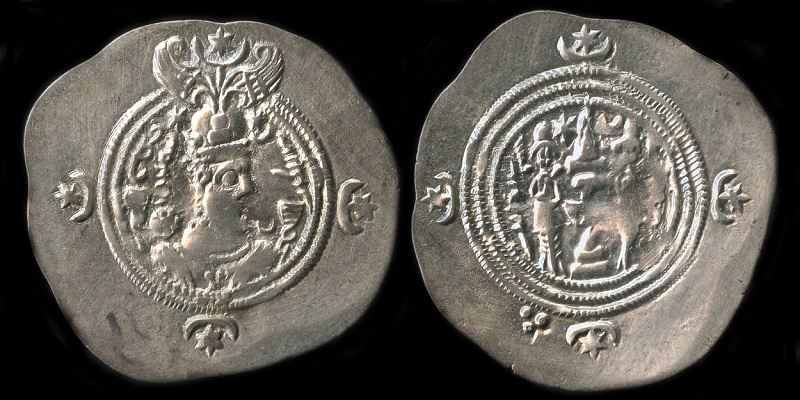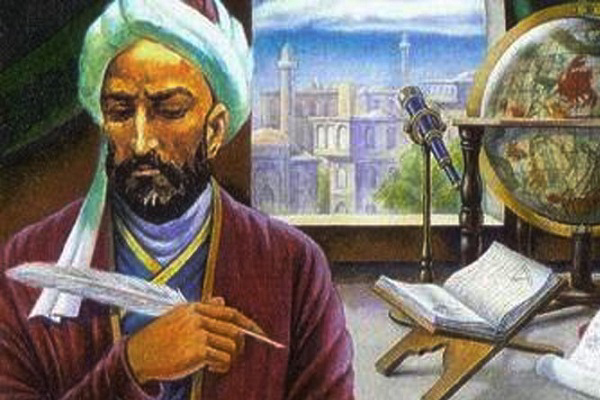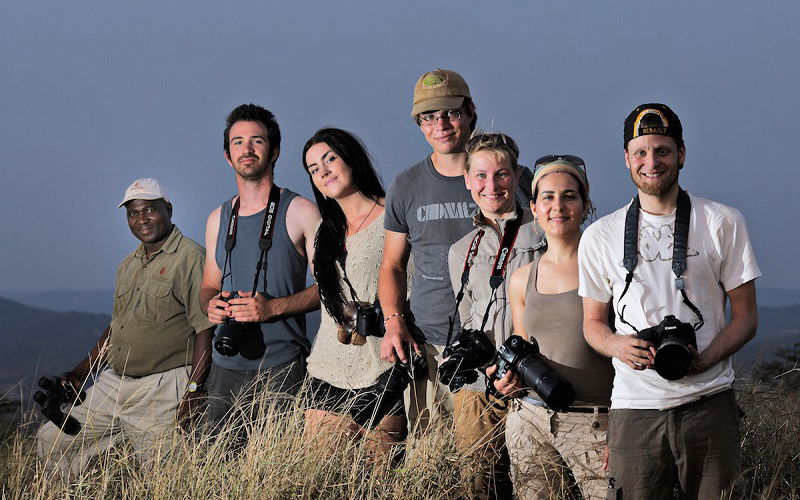With the disintegration of the Mongol II Khan empire in the 1330s a number of small local dynasties appeared, usually only locally effective, and often founded by former Mongol officers and administrators.
The Muzaffarids were considerable patrons of art, including acting as patrons to the great poet Hafiz, but their main activity appears to have been architectural. It is as creators of the southern Iranian school that they will best be remembered.
The great centers of Muzaffarid power were in Yazd, Kirman and Isfahan. From the constructional point of view, two complexes in Yazd are important: the mosque known as the Vaqt-u Sa’at and certain sections of the Jami’ Mosque.
The Jami’ Mosque of Kirman was built in 1349 shortly after the Muzaffarids acquired the city, and its decoration appears fully fledged with no apparent or obvious precursors. Prior to this period, color had been used comparatively sparingly to highlight specific architectural points; glazed bricks were used to create patterns on a field of unglazed bricks, and small strips of glazed terracotta were employed to create a form of strapwork. In the magnificent mausoleum of Uljaytu at Sultaniyya, built before 1317, small sections of complete tile mosaic appear for the first time, but are no preparation for the sheer mass of the tile mosaic which is encountered in the Kirman Jami’ Mosque.
There were very few remaining monuments in Iran which can be attributed to the Jalayirids, but in 1419 they did add the great minaret to the Jami’ Mosque at Shushtar. Its decoration is almost archaic when compared to contemporary Timurid minarets, consisting as it does solely of blue-glazed bricks forming designs in a diaper trellis formation against the unglazed brick minaret shaft. Such decoration took no account of the developments in southern Iran nor of the entire Timurid artistic revolution, and would appear to emphasize the total separation of the Mesopotamian area from the rest of Iran at this time.
The Timurids 1370-1506
Timur used his base in Transoxiana in Soviet Central Asia as the nucleus for a great empire, conquering northeast Iran in the early 1380s, and the remainder
by 1393; thereafter he turned north and penetrated as far as Moscow in
1395, before sacking Delhi in India in 1398, and then moving across half of
Asia to defeat the Ottomans at Ankara in Turkey in 1402.
The advent of Timur himself can generally be regarded as a disaster. In 35 years of campaigning he left an endless trail of death and destruction, only saving the craftsmen from the countless pyramids of skulls which was his custom to erect outside capture cities.
The great glory of the Timurid perior, however, was the magnificent title mosaic work which reached its highest achievement at this time. Under the Muzaffarids, the concept of an overall tile mosaic pattern appeared for the first time, and the palette was considerably extended, but under Timurid patronage the various colors achieved subtlety which was unsurpassed. Each color appeared in a number of slightly varying shades, so that in the flower panels in particular delicate tones were used to give shading and depth to the compositions. The finest examples of this technique appeared in Herat and Samarqand, the two great Timurid capitals, but a number of examples were also to be seen in Iran in the royal foundations at Mahshhad and Khargird, and some superb examples of a slightly more provincial character at Varzana and Isfahan.
Much of this magnificence only appeared in Central Asia and the area around Herat, while deeper within Iran the styles more subject to Persian tradition and adapted to conform to an older usage which nonetheless undoubtedly benefitted from the infusion of these new ideas. Consequently many of the Timurid monuments in Iran show all these characteristics, but are much more restrained
in their use. These developments also continued in the second half of the fifteenth century mainly in the eastern part of the country, because in the west and northwest at this time two Turkmen confederations appeared which effectively blocked the Timurid westward expansion and indeed limited the later Timurids
to Khurasan only.



